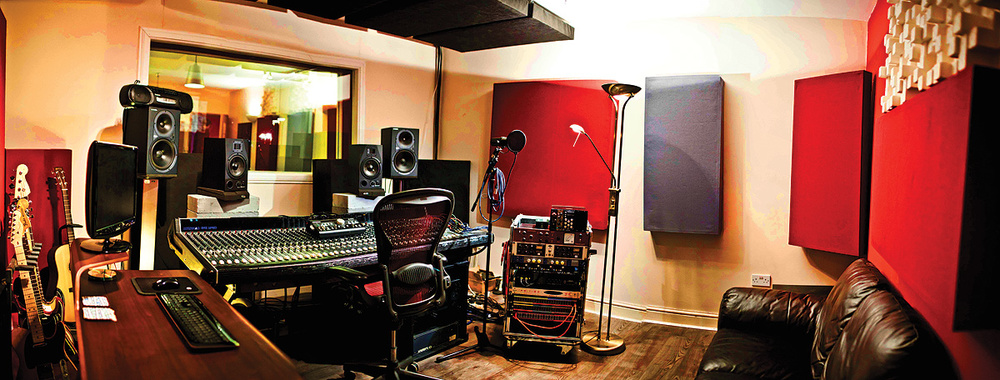
We at Abadon/Sun decided to write this article because we felt a large number of small studio owners required more information to properly design and build their first studio.

Abadon/Sun Studio was located in San Antonio, TX. Our highly trained staff is available for phone support to answer questions.Originally posted in the April 1977 issue of Recording Engineer/Producer (RE/P). Since 1977, we have helped thousands of people with their unique acoustic needs in all kinds of facilities from auditoriums to bedroom studios. Want to know more about your options? Auralex is the industry-leading Acoustics company and one of the oldest and most respected companies in the business.

#Sound control room portable
Not sure if you have over-treated with Absorption in the space? Swapping out some wall Absorption with Portable Treatment in the design phase allows you to remove the product when unneeded, or ProMAX v2 specifically has a reflective rear surface that can be used to supply tonal variations in a session if faced outward. Have a window to the control room that’s providing an unwanted reflection during a specific session? Portable Treatment can easily solve this without permanently blocking natural light. Consider Portable Treatmentsuch as our ProMAX V2to allow you to create more controlled tracking locations by surrounding the sound source(s) with Absorption. Consider Your Needs: Is this your only live room? If so, you may desire some diversity in your treatment in order to accommodate for different sounds and recording set-ups. Spacing out Diffusion and Absorption products on the walls (starting 30” – 36” off the ground) in approximately 1:4 ratio in favor of absorption will additionally enhance this while controlling reflections and also prevent the room from being “echo-y” or too“bright.” Spreading out absorption on the rest of the ceiling can be a benefit as well, depending on the size and purpose of the room.ģ. Grouping diffusion on the ceiling above a tracking location for drums and other sound sources that make use of room microphones or overheads will help enlarge the space in an auditory manner. Diffusion products or Diffusors help control direct reflections and prevent frequency buildups in your space while making your room sound “bigger.” In essence, diffusors help mimic the conditions of a larger room by scattering sound and keeping it “excited” or moving equally around the room. One simple method that can help is to use Diffusion. These rooms tend to sound “boxy” or “closed off” as opposed to longer rooms which sound more “spacious.” The reason for this is simply that sound waves have more room to travel freely and expand before reflecting off wall and ceiling surfaces. Make Your Room Sound LIVE: Short rooms (~10-12′ in length or less) often struggle to provide a “large” sound in recordings. Symmetry is less important than in a mixing space, but try to achieve it whenever possible for maximum benefit.Ģ. If you have an uneven corner or some other anomaly that doesn’t allow for all corners to be treated vertically – bass traps can also be placed horizontally. If you have a more limited budget, concentrate on placing traps (and all treatment) at ear level – about 30-36” off the ground. Bass Trapping is especially important in smaller spaces that do not have tall, vaulted ceilings. Add Bass Traps: The first step for acoustic treatment in any small room should be to place Bass Traps in all available corners. Treat Yourself! 3 Steps for Acoustic Treatment (And When to Improvise!)ġ. Each room has it’s own unique sound and acoustic treatment can be used to help create the preferred environment that best fits the instruments used in the space. One of the most important variables to tackle is the use of multiple sound sources placed in different spots around the room which may differ based on each tracking session’s needs. Typically a live room has a much more diverse set of needs than a control room. From there, you can follow this guide to find the best locations in the room to apply the suggested product(s). We have a quick solution! Our Room Layout eXpress (RLX) is a room treatment calculator to help you find the right amount of acoustic treatment for your space. One of the most important characteristics of a multi-purpose room is proper acoustic treatment which will help it sound its best for electric and/or acoustic instruments, vocals, and any other various sound sources you wish to record. Building a live room is an incredible opportunity to tailor a space to fit your production style, as well as leaving possibilities open to diversify the sound of the room as it fits your needs.


 0 kommentar(er)
0 kommentar(er)
